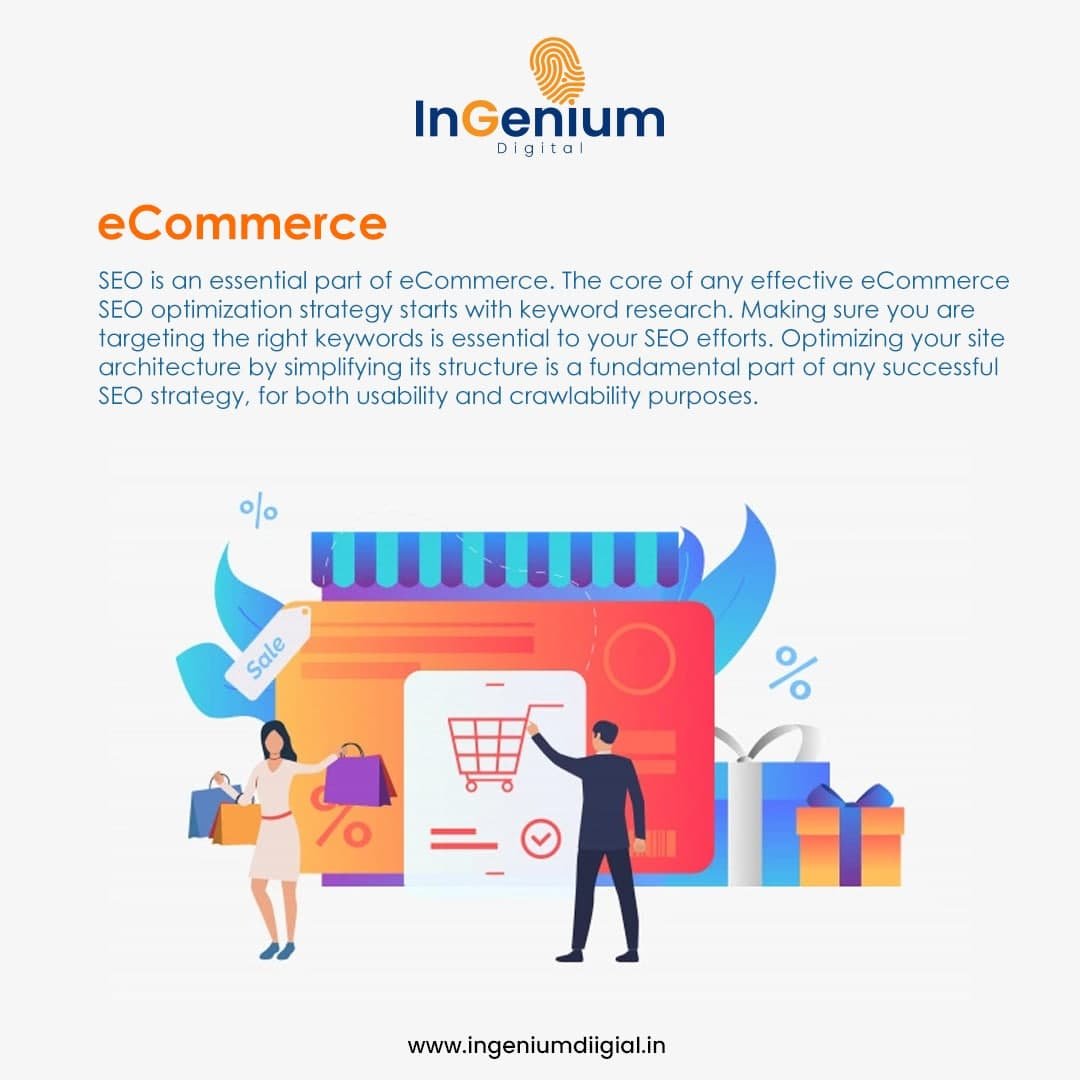On-page optimization in SEO is enhancing the result that the content achieves so for, in the Search engines, it’s one of the significant optimizations to drive good organic traffic and high conversion to your website. The combination of analysis and regular monitoring structures and enhances the performance of the website. There is no stabilized way to a recognized workflow for the on-page optimization even though we can gradually drive traffic to the websites through the following on-page SEO factors.
Content Optimization
Existing contents are the low-hanging fruits in the on-page optimization. The proper keyword research and the content quality will match SERP inquiries and user’s needs. The good contents always associate your words with the meta-data. As search engines become more sophisticated there is a greater focus on relevance and semantics in search engine results pages (SERPs). Google with its new algorithm it’s better at understanding the users’ wants and also delivers the same as per the user intent. This kind of customization ensures the development and user-friendly website for both the search engines and the users. Make sure you have included the keywords in the right place and Meta-data. Optimize the image and the meta tags. The important part of every SEO depends on the keyword so it’s mandatory to choose the optimal keyword. Targeting a specific term across multiple pages can cause “keyword cannibalization” which has some potentially disastrous consequences for your SEO.Google has always put a premium on high-quality content. It wants to make sure that sites producing high-quality content are rewarded with better rankings and sites that create low-quality content get less visibility.
Technical Optimization
The title tag and the HTML tag that exists in the head section of each webpage describe the context of the topic subject. It is featured prominently in the search engine results pages as well as in the browser window. The title tag by itself has little impact on organic rankings, this why it’s sometimes overlooked. A poor title always impacts the SEO result, it is important to choose the proper element to optimize. Since the early days of SEO, meta descriptions have been an important optimization point. Meta descriptions, meta tags that describe what the page is about, are often displayed in the SERPs underneath the title of the page. even though meta description doesn’t involve SEO it helps in
- Click-through rate (CTR).
- Perception of the quality of the result.
- Perception of what your website offers all change.
Your headlines need to spark interest for it to stand out on the SERPs enticing users to click through and continue reading the rest of the content. The header may seem too basic but the prompt heading may help to capture the audience and makes it more enjoyable. Providing keyword-rich context about your content for the search engines.





